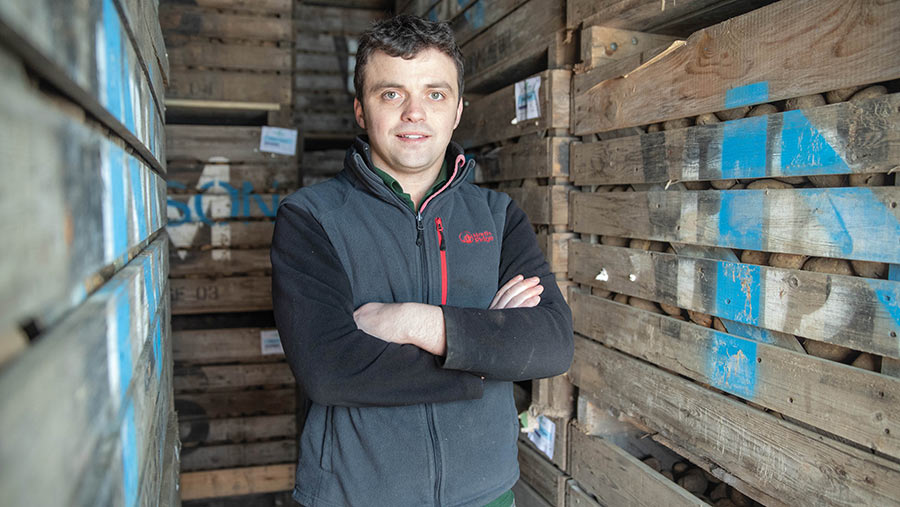Opinion: It’s time to tighten up on spending
 © Tim Scrivener
© Tim Scrivener I have been extraordinarily lucky that the formative years of my business and personal life have been in a period of fundamentally negligible interest rates.
My now-wife and I bought and completely rebuilt a house opposite our farmyard during the Covid years.
It took the best part of two years to get the self-build mortgage organised before work could actually start.
But once finished, we were able to lock into a long-term mortgage with a rate that begins with a two.
As we found, actually securing credit hasn’t necessarily been easy. But once you’ve signed on the dotted line, it has been gloriously inexpensive, and for some this has been a catalyst for quite tremendous growth.
See also: Opinion – where’s the big lever on the tractor?
Change has cometh, however. Last month, the Bank of England raised its base rate for the 13th time in 17 months.
Mortgage and overdraft rates are now in the high single figures and hire-purchase rates are just about in double digits.
I can already hear a contingent of readers reaching for the typewriter to tell me how, “back in their day”, interest rates were about 15%.
I appreciate this, but I would remind them that in 1990 it didn’t cost £150 to grow a tonne of wheat and the average house didn’t cost seven times the average salary.
The real-term effects are similar – and, being a farmer, I reserve the right to moan about it.
So while fuel, electricity and fertiliser prices might have eased from their record figures last year, there is a significant hidden cost that is eating up a lot of the savings – working finance.
Take potatoes. I sometimes pay for my seed in December of year one, and being a late-storing main-crop grower, I often don’t get paid for my ware spuds until the summer of year three, 20 months later.
Obviously not every cost is incurred on day one, but I reckon financing the 2023 crop is costing £13/t more than it did last season and has eaten up basically all of the savings in fertiliser and cold storage.
And that’s before we consider the incredible cost of renewing machinery. What does a big new combine cost these days? Is there any change from £600,000?
Because at that kind of level, the first year is going to cost £55,000 in finance alone. With depreciation and a few grease cartridges, I’d be amazed if it cost much less than £100,000 to chug through its first harvest.
Having just got off the phone to our grain merchant, I can tell you that the first 710t of barley out of the yard should just about cover it.
Thankfully, the financial consequences of a global pandemic and a European war are not common bedfellows.
Whether our rampant inflation is actually demand-driven rather than energy limited I’m not sure – and while I’m certainly no economist, it does feel to me that the Bank of England has gone a bit too far, a bit too quick.
But it’s clear to me, too, that its policies are going to achieve their aims. It’s time to tighten the belt; for me, at my time of life, key infrastructure investment might still be on.
But discretionary machinery replacement, for example, definitely isn’t.
Our appreciating 17-year-old New Holland can do another few harvests yet.

